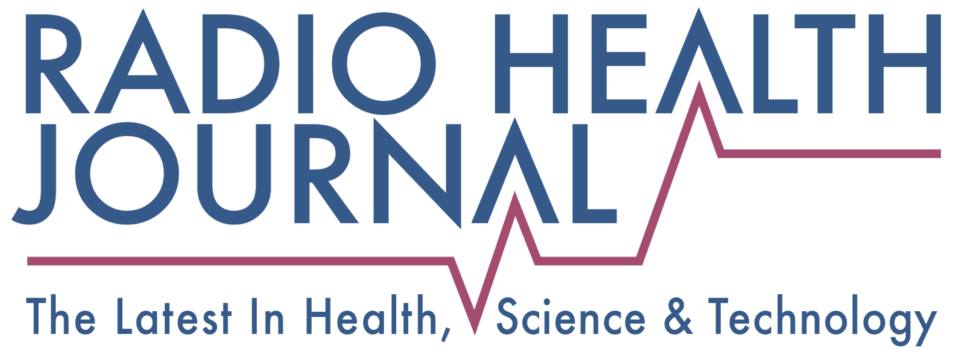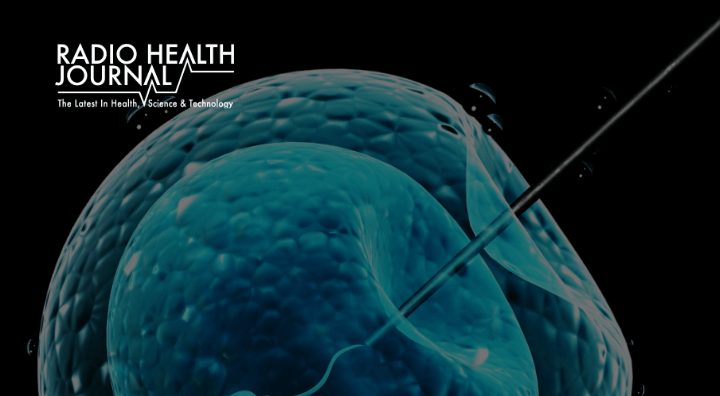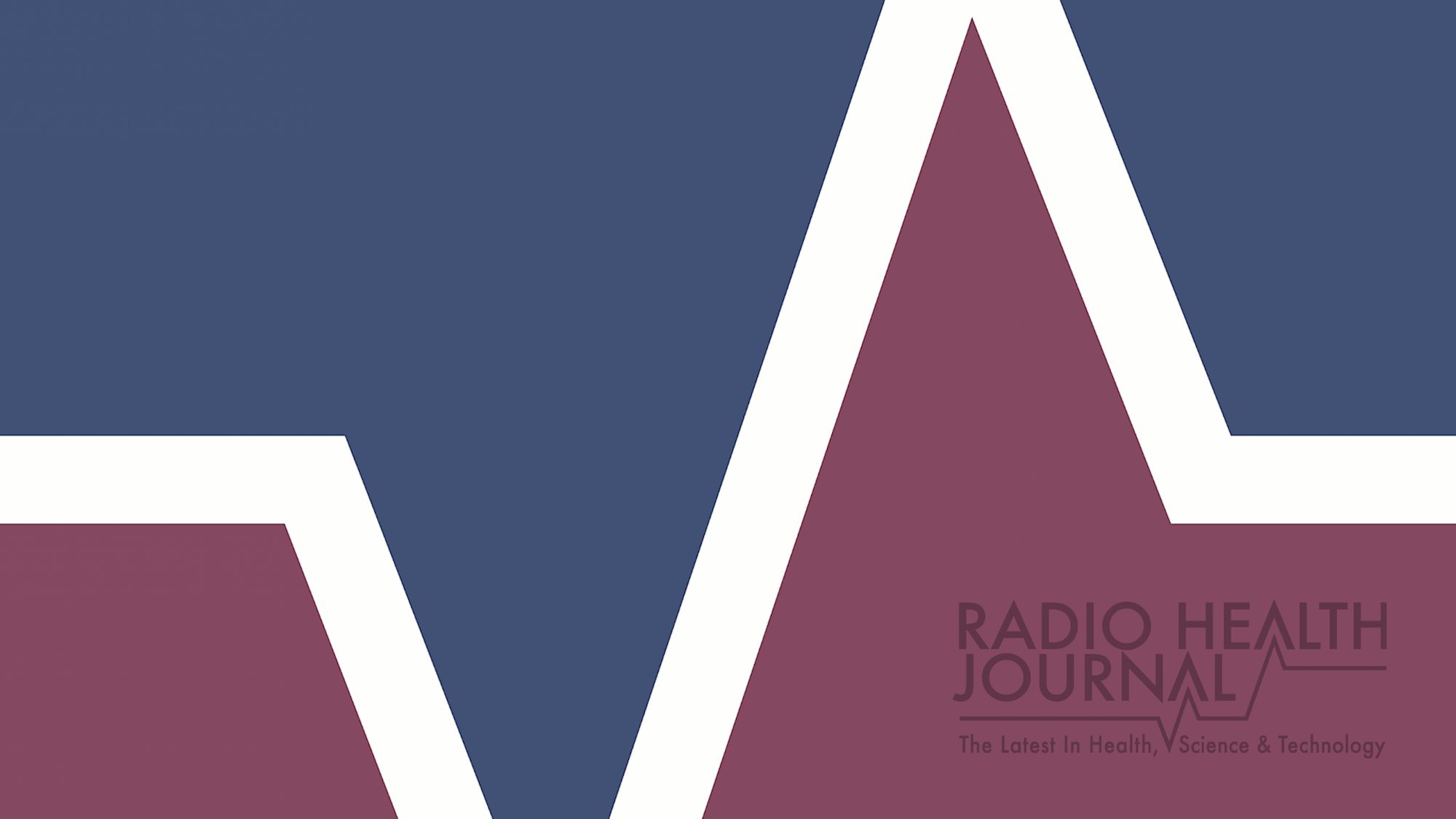The death rate surrounding pregnancy in the U.S. has been climbing to the point it compares with some third world countries rather than the western European nations we once compared to. Experts discuss possible reasons for the increase and one possible way to reverse it–more reliance on midwives.
Guest Information:
- Dr. Kate Menard, Professor and Chief, Obstetrics & Gynecology, University of North Carolina School of Medicine
- Patricia Harman, certified nurse-midwife and author, The Midwife of Hope River novel series
Links for more info:
15-29 Maternal Mortality
Reed Pence: If you had to guess which country in the world has the lowest maternal mortality rate, would you say the United States? Unfortunately, we’re not even close. We're embarrassingly far down the list. According to the CIA World Fact Book, the rate of women who die while pregnant, during childbirth or within a year of childbirth in the U.S., is on a par with Thailand, Malaysia, South Korea and Kazakhstan. Even Iran has a lower maternal mortality rate than the U.S.
Kate Menard: There is broad concern that we’re looking at increasing trends in maternal mortality in the U.S. relative to other countries in Europe, where we really should see comparable health trends.
Pence: That’s Dr. Kate Menard, professor and chief of the Department of Obstetrics and Gynecology at the University of North Carolina School of Medicine at Chapel Hill.
Menard: There are a number of theories as to why this is. Though I don’t think any of it is clearly understood, one contributor that folks talk about is actually counting maternal deaths. In the U.S., over the past 20 or so years, we’ve implemented some different strategies to try to capture these events. For example, there is now a check box on the death certificate. One is asked to check that box if the woman that died was pregnant. That check box wasn’t used uniformly 20 years ago, but now it’s used in every state. So, perhaps we’re capturing more deaths through better identification of the events. But even since that check box was uniformly used, we’ve still seen an increase in the number of maternal deaths.
Pence: "Maternal mortality rate" means the number of maternal deaths per 100,000 live births. And once upon a time, we didn't rate nearly so badly. According to the CDC, our maternal mortality rate in the late 1980's was about seven, roughly the rate of France, Germany, Italy, Spain, and Great Britain. Today, though, the CIA estimates that America’s maternal mortality rate has skyrocketed to 28.
Menard: The other contributors, we believe, are related to health conditions in general. In the U.S., more women are delaying childbearing. It’s well known that risk of maternal death is higher with increasing maternal age because of comorbidities that come into play in women who delay pregnancy. Particularly after the age of 40, complications related to hypertension or cardiac conditions come into play more than they do for a woman in her 20s. The obesity epidemic is certainly one of the contributing factors to adverse health in women who are pregnant. So, there are a number of factors like that making women entering pregnancy less healthy.
Pence: Concurrent with the rise in maternal mortality is a rise in the number of Cesarean deliveries in the United States. Today, one-third of all births in the U.S. are by C-section, up 10 percent from 14 years ago. And that includes a lot of C-sections for low-risk, healthy pregnancies.
Menard: We do know that death in the peripartum period is more common in those undergoing Cesarean than in those undergoing natural birth. That’s gonna be confounded by the fact that in many situations, the reason she had Cesarean may be in part because of health conditions that led her there. But Cesarean births and delivery through surgical methods certainly put a woman at a higher risk of death.
Pence: So how do we reverse the trend? One suggestion:
Patricia Harman: The recent research says that it is safer to have your baby with a midwife in a hospital than an OBGYN. I’m not putting all docs down because my husband is an OBGYN, but if you want a normal, healthy delivery, your chances are better with a nurse-midwife. That doesn’t mean it’s right for everyone. Some people feel more comfortable with a physician. But more and more people are looking at it as an alternative that might be better for them and their family.
Pence: That’s Patricia Harman, a certified nurse-midwife with partners in women’s health care in Morgantown, West Virginia. She's also author of the popular novel series
The Midwife of Hope River. The research Harman refers to was conducted by Britain’s National Institute for Health and Care Excellence.
Harman: One of the things that we do that is different from many OBGYN doctors is spend a little more time with patients, teaching and talking to them about stress, about nutrition, about their activities, about their other children, and about their fears. So those things can make a difference in the delivery. The optimal thing is a nurse-midwife will work for the physicians. Then you have the best of both worlds. You will find that more and more in small towns and in big cities, where the OBGYNs are hiring a midwife or two to work with them. They can take care of the low-risk patients and then the physician can take care of the diabetics, the women with twins, people with high blood pressure, and things like that.
Pence: Harman says interest in midwifery is growing. There’s even a popular series on public television titled
Call the Midwife, and Harman’s own novels are selling well. The practice of midwifery is also growing as more birthing centers open where women can choose a midwife's care.
Harman: When I first started it was very difficult to get hospital privileges and now it’s not. I mean you have to find a backup physician you have to find somebody who will work with you and sometimes that isn’t the easiest depending on where you live. But once you’ve established yourself with a physician you can get hospital privileges and like I said you can pretty much do everything an OBGYN can except C-sections and forceps deliveries. So, those things have changed, and I like it’s PR also I think a lot of people don’t understand that modern midwifery is available and accessible to them. They’re still thinking of the days like in my books, the Hope River books, where the midwife is out in the rural area coming to the home. So, I think those things have really opened up the opportunities for nurse midwives and for patients to choose that alternative if they want to.
Menard: If we know that intended vaginal birth is safer, and midwifery care really focuses on the success of intended vaginal birth, it stands to reason that non-interventional style of practice would be safer for women now than non-intervention style of practices not specific to midwives. However, I am a big advocate of natural birth and non-intervention to kind of maximize the chance of natural birth in the interest of both the mother and the baby. On the other hand if someone is seeing a midwife for pre-natal care, she’s low risk by every screen early in her pregnancy, but then she develops, for example, gestational diabetes. And when she comes back in for her labor and delivery, if the baby is normally grown and everything’s going well and her blood sugar is under control, she can have her birth with midwives independently. She might have risked out of midwifery care had we not had that collaborative relationship within our practice.
Pence: Menard points out that 100 years ago when midwifery was just about all that was available, maternal mortality rates were quite high. In 1900, for example, the CDC estimates the maternal mortality rate was approximately 850 deaths per 100,000 live births. More than 30 times what it is today.
Menard: Coincident with the movement to bringing women into models of care that included hospital care when needed, we’ve seen a decline in maternal mortality. Now, there’s plenty of things that are contributing to that. I think the treatment of infection and treatment of symptoms is a very important factor and then recognition and then early treatment of infection has contributed to that decline. Management of hemorrhage is a huge factor in the decline that we saw over the last hundred years in maternal mortality. Blood banking just wasn’t available a hundred years ago the way that it is now.
Pence: However, as we noted, the maternal mortality rate reversed itself a couple of decades ago. Back when the rate was around seven in the late 80's, the CDC announced a goal of getting the rate down to three. But instead it started climbing rapidly in the opposite direction. But why? Researchers don't have answers, and Menard suggests they never will until we start keeping better records.
Menard: Fortunately with low risk women it’s infrequent enough that severe morbidity or consequences of a complicated childbirth that was unanticipated may not come through in the data really strong because it’s uncommon. But we, I think, over time, need to become more deliberate about measuring that and logging that and that’s one of the things that we’ve written into these guidelines and levels of maternal care is the importance of gathering data that describes the reasons for transfer into hospital and the end result so if we know where the care began and where initially the birth was intended if we know that information then we can keep track over time the movement and when the care needs to happen and movement to the hospital because of potential risk that’s identified and gained a better understanding of whether that risk assessment and safety net is good enough.
Pence: But where are these increased maternal deaths coming from? The increase experienced by the United States has been substantial. Are there more deaths in underserved rural areas or within metropolitan inner city hospitals?
Menard: It’s collective. You can’t take a county or a small city and analyze it at that level. You need to look at state trends; you need to look at large state trends. One very effective method to understand this better, and this is nicely in place in certain states, it’s not widely in place at all states, is having a maternal mortality review process and that process includes identifying the vent so a death or severe morbidity and then doing a multi-disciplinary review of that event looking at medical records looking at coroners reports and looking for process things not pointing fingers not looking to point blame here or there but looking for systems issues that could be improved in order to make maternity care safer.
Pence: Menard says every state has an infant mortality review system, but those systems are voluntary and limited in scope. For example, voluntary review boards have no access to medical records because of legal confidentiality. And Menard says there’s little legislative support to finance maternal mortality review systems in most states. Apparently, there's no money to figure out why young mothers are dying. You can find a link to the CIA’s complete list of maternal mortality rates around the world and the CDC’s tracking of how those rates have changed in the united states. Through links on our website at radio health journal dot net. You'll also find archives of our programs there, as well as on Stitcher and iTunes. Our writer/producer this week is Polly Hansen. I’m Reed Pence.
Sign up to receive email updates
Enter your name and email address below and I'll send you periodic updates about the podcast.











Leave a Reply